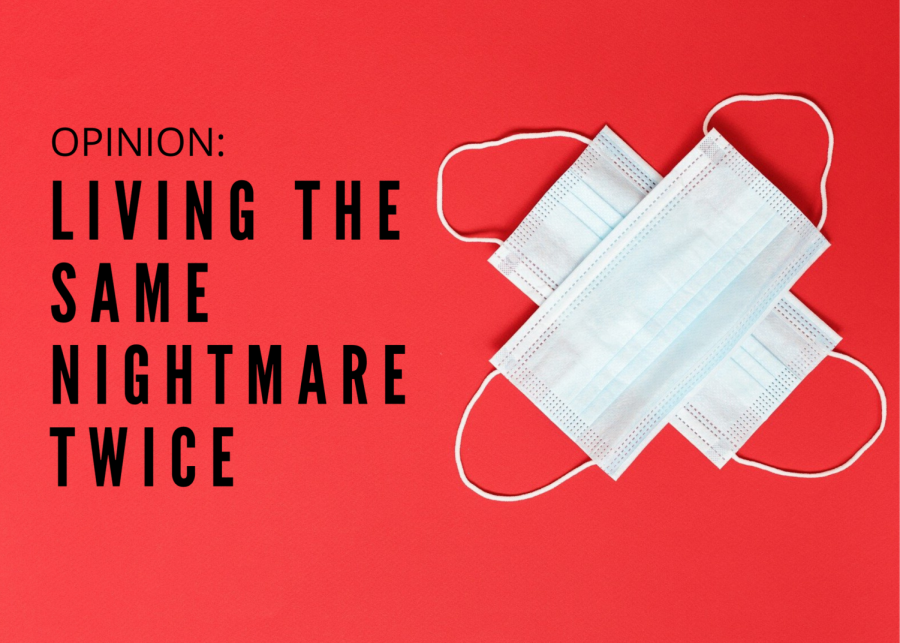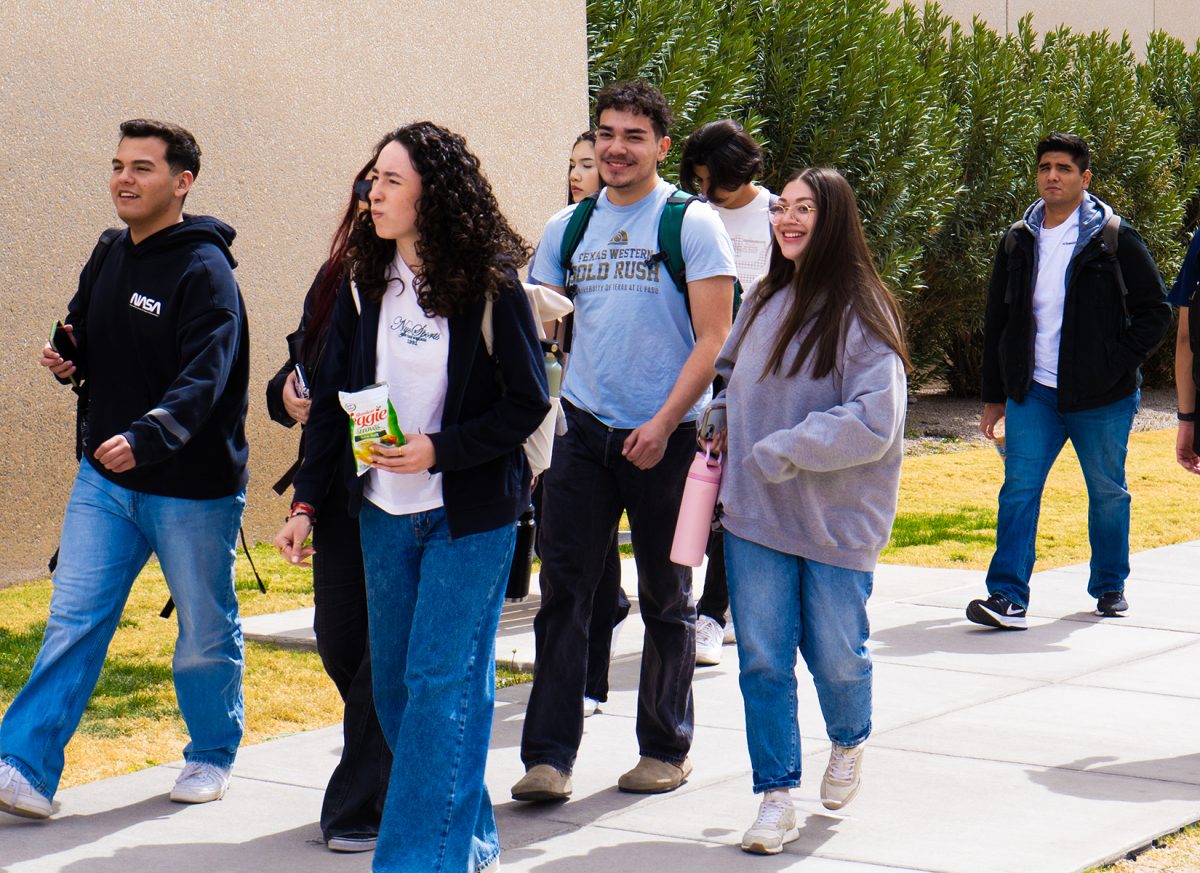The Spanish flu pandemic of 1918, the deadliest in history, infected about one-third of the planet’s population and killed an estimated 20-50 million victims, including some 675,000 Americans, according to History.com.
The city of El Paso has closed churches and schools, banned public meetings, quarantined Fort bliss soldiers and shut down movie houses during the Spanish flu pandemic. The government asked any women with Red Cross training or any woman who had ever nursed a sick person to volunteer for help. Within one week from Sept. 30, 1918, an estimated 400 to 1,000 people in the city were ill with Spanish flu and about 13 died.
“Everything happened so fast … one of my sisters was infected by this flu, and she passed away,” said Hector Falcon, a 104–year–old survivor from the 1918’s pandemic who used to live in El Paso. Falcon now lives in Mexico City with his daughter.
“Life was hard, and it was traumatic for me,” Falcon said. “We needed to stay in (our) home and there was no food — even if you had the possibilities, the money, the influence, there was no food.”
The pandemic known as COVID-19 has infected more than three million people worldwide and more than 1.3 million people in the U.S., according to Google news.
“When I started to see the news that WHO (World Health Organization) declared a world pandemic, I started remembering how life was back then,” Falcon said. “When I saw the pictures about the supermarkets being empty, I felt like I was living the same nightmare twice.”
Maria Eugenia Montes, a 101–year–old woman who is currently living in Ciudad Juarez, also survived the Spanish flu pandemic.
“I just remember my father telling us that we couldn’t go outside to play because we could get very sick,” Montes said.
Montes mentioned similar details about the two pandemics. “There were people who did not understand that if they went outside, they could get sick, like today,” Montes said. “People do not understand that they have to be in their homes for their own safety, but until they got sick, they would understand. If something has taught me to be in two pandemics is to obey the authorities.”
Montes said, however, that people are now able to inform themselves far easier than before.
“We barely had a radio,” Montes said.
Undoubtedly, there are parallels between the pandemic from 1918 and today’s pandemic. Not only survivors are saying that, but historical documents confirm it.
It is important for the population to abide by recommendations and instructions to fight this pandemic, so the region is not affected with thousands of deaths like in 1918.
Maria Salette Ontiveros may be reached at [email protected]








